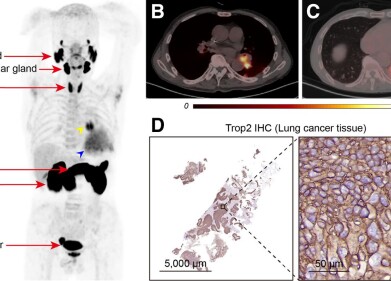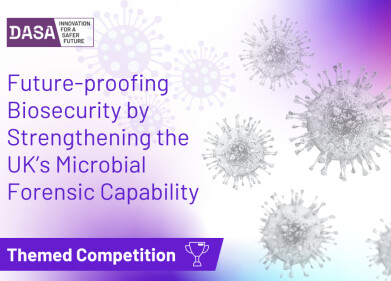-
.jpg) Arseniosiderite Specimen BM.62813 from the collections of the Natural History Museum, London (Credit The Trustees of the Natural History Museum, London.
Arseniosiderite Specimen BM.62813 from the collections of the Natural History Museum, London (Credit The Trustees of the Natural History Museum, London. -
 Pictured: Narayan Appathurai, Chelsea-Lea Randall, Beatriz Moreno, and Graham King at the beamline (Credit: CLS)
Pictured: Narayan Appathurai, Chelsea-Lea Randall, Beatriz Moreno, and Graham King at the beamline (Credit: CLS)
News & views
International Project reveals Structures of Arsenic Compounds
Jan 19 2021
International researchers have used the Canadian Light Source at the University of Saskatchewan to uncover the structure of two arsenic-containing compounds yukonite and arseniosiderite - information that can be used to prevent and predict arsenic contamination in soil sources that might affect waterways.
Discovered more than 100 years ago, the structure of yukonite and arseniosiderite have been difficult to determine because of their low crystallinity; now using a special technique at the CLS, an international team of researchers from Canada, China, the USA, Italy and Ireland was able to visualize for the first time how atoms are structured in samples of arseniosiderite and yukonite.
For McGill University graduate Mario Alberto Gomez, one of the project’s leads, it’s appropriate the discovery was made using the first Canadian beamline capable of doing this type of analysis. “I think it was quite fitting that this mineral (yukonite) was discovered in Canada, in the Yukon, a long time ago and then we were doing research on it. And now we were able to finally get a clearer picture of it using a Canadian synchrotron.”
Originally from Canada but currently a visiting professor at China’s Shenyang University of Chemical Technology, Gomez draws parallels between his team’s findings and how knowing the structure of the COVID-19 coronavirus helps scientists understand how it functions, which in turn enables drug companies to develop vaccines.
For example, other natural and lab-based studies have shown that when yukonite and arseniosiderite are placed in a solution containing calcium, they release less arsenic. “Knowing their structure now will help us better understand why this happens,” he added.
For further information on CLS visit www.lightsource.ca
Published in Environmental Science Nano.
Digital Edition
Lab Asia 31.6 Dec 2024
December 2024
Chromatography Articles - Sustainable chromatography: Embracing software for greener methods Mass Spectrometry & Spectroscopy Articles - Solving industry challenges for phosphorus containi...
View all digital editions
Events
Jan 22 2025 Tokyo, Japan
Jan 22 2025 Birmingham, UK
Jan 25 2025 San Diego, CA, USA
Jan 27 2025 Dubai, UAE
Jan 29 2025 Tokyo, Japan


















